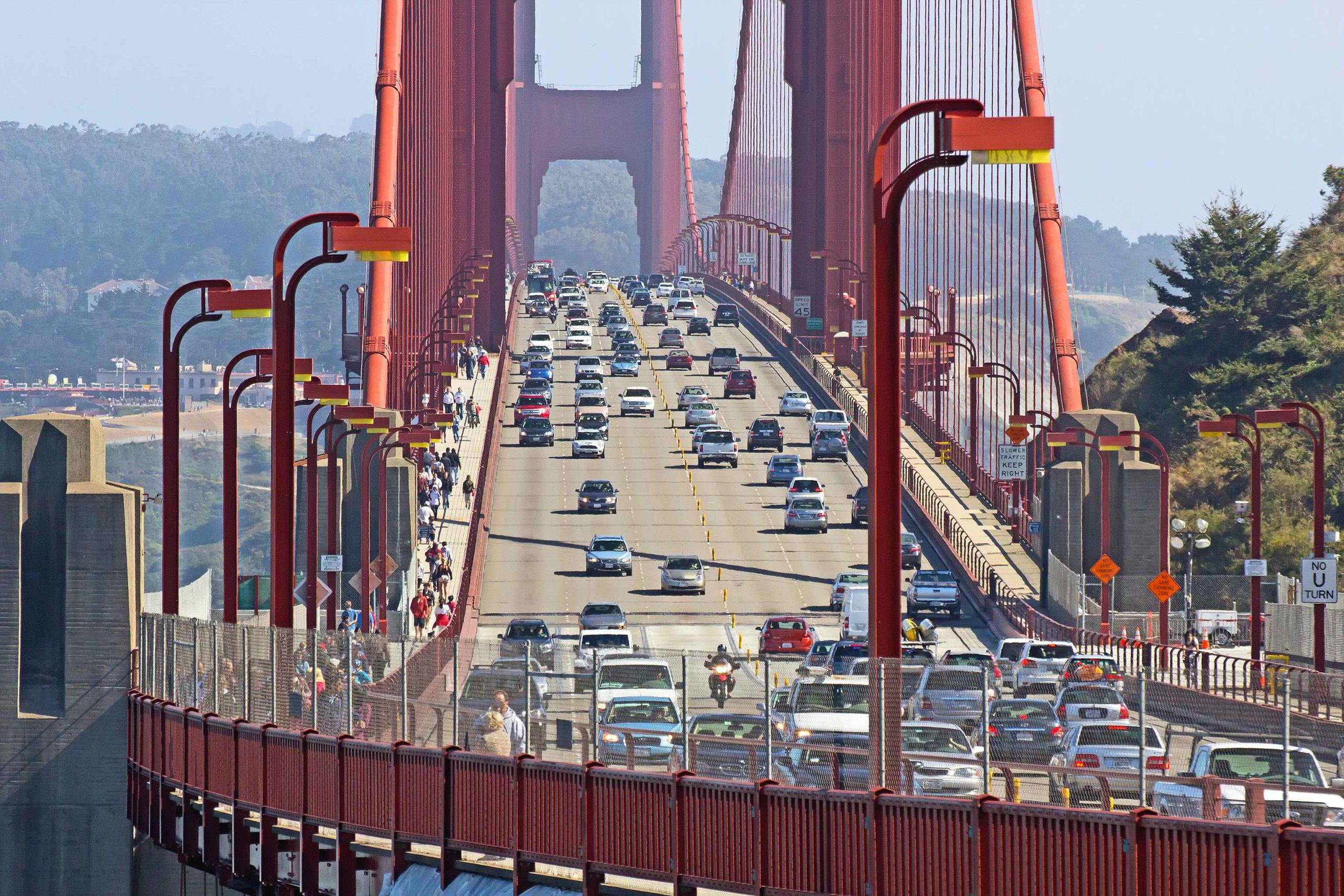Issues will arise when it is finally time to upgrade aging infrastructure. Like any city experiencing a resurgence of downtown living and economic growth, the demand for infrastructure grows. Citizens, business owners, and government agencies are all affected. Below are some tips for creating the most value when upgrading an existing aging infrastructure:
- Be prepared to know the unknown
Replacing aging infrastructure is not always complicated. Still, it requires investigation and the need to know where the existing infrastructure is and how to connect it with the new project.
- Be flexible and “flow with the design.”
Whether working with the unknown or planning on executing a basic upgrade to existing infrastructure, prepare to be flexible.
- Look to the future
Thinking ahead and having a vision for the future will save money, time, and inconvenience.
The need for improved infrastructure is not going away anytime soon since millions of Americans rely on roads, rails, and bridges every day to travel. Whether it is traveling to work, picking up kids from school, going to the doctor, moving across town, or moving goods to various parts of the country, the need to improve the roads is undoubtedly imperative to the sustainability of the U.S.
What infrastructure issues mean?
Infrastructure is the general term for the basic physical systems of a business, region, or nation. Examples of infrastructure include transportation systems, communication networks, sewage, water, and electric systems.
Current infrastructure is not built to solve infrastructural problems. Focusing on building new roads without addressing the root of the problem will do little to improve mobility or lower congestion. Instead, what we need and may soon receive are cars that know how to deal with these issues themselves.
One of the most fundamental infrastructures that exists in any city is its roads and how those roads connect various points within a town. Once upon a time, it was easy: put up signs, and drivers would follow them to their destination. But as traffic increases and connectivity becomes more complicated, we need more than signs to help us easily get from place to place. Unfortunately, our current infrastructure wasn’t built with these issues in mind and can’t solve them alone; we need active participation from drivers for this system to work well.
As more people choose the convenience of downtown living, many cities are also experiencing an increase in traffic. This is perhaps most pronounced in traditional suburbs that have grown into cities, where the grid-like nature of streets leading out to far-flung areas makes it challenging to address infrastructural shortfalls.
The solution may lie in autonomous cars, which will allow people to get from one place to another without ever having to touch a steering wheel. However, once this technology becomes available, new problems will arise: the cars cannot drive themselves on roads they’ve never been exposed to and must be able to communicate with their environment for this system to work.
How can we solve the problem of infrastructure?
- Ideas for Fixing the Nation’s Infrastructure Problems
- Revamp the Highway Trust Fund
- Get Washington to Take the Issue Seriously
- Empower State and Local Governments
- Increase Rural Access
- Get Cities to Think Big
- Make Bridges Smarter
Revamp the Highway Trust Fund: The highway trust fund was created more than 50 years ago to pay for the construction and maintenance of roads, bridges, and tunnels in a way that would support economic growth. Currently, revenue for this fund is generated from a federal tax of 18.4 cents on gasoline and 24.4 cents on diesel fuel, but because people are buying less gas than in the past and cars are becoming more fuel efficient, revenue is not meeting expenses. As a result, the Department of Transportation has estimated that by 2020 its available funds will be reduced to $0. Furthermore, this fund does not support public transportation systems like trains and subways, meaning that these modes of transport are often ignored in favor of building more roads.
Get Washington to Take the Issue Seriously: The best way for a government body to solve a problem is by taking it seriously. That means having a plan that addresses all the concerns while attempting to find solutions. Additionally, if Washington won’t take the issue seriously, it will be up to the states and cities to find their own answers, leading to severe conflicts among different administrations. As people become more aware of climate change and its effect on our planet, it is also imperative that we look at alternative forms of transportation – such as public transportation – so we can continue to provide a high quality of life in our communities.
Empower State and Local Governments: Right now the federal government is not taking this issue seriously, meaning that state and local governments will have to step up to the plate. While it is indeed possible for states to provide additional funding, too much power in any one place can lead to serious problems; for example, when New York City was in the midst of its public transportation crisis in 1970 it appealed to President Nixon for aid, but he refused any assistance because he felt it would undermine the power of local leadership. Therefore, state and local governments must have a chance to solve these problems themselves, particularly when creating innovative ways to finance infrastructure costs.
Increase Rural Access: Some smaller communities have effectively dealt with their infrastructure problems by raising revenue through taxation on property owners within the municipality, but this has led to unequal funding among states since property taxes are not given equally across all parts of a state or country.
Get Cities to Think Big: While it may be difficult for a city to solve a nationwide problem, various municipalities have come up with their own solutions to improve the quality of life for all Americans. For instance, in 2009, Boston’s mayor issued an executive order decreeing that by 2030 everyone within the city limits will be able to walk or take public transportation to their place of employment. This may sound too ambitious, but the mayor has pledged to improve transportation options in Boston’s neighborhoods while decreasing the use of motor vehicles, meaning that a city can begin making changes today that will lead us towards this ambitious goal of increased urbanism.
Make Bridges Smarter: America’s bridges are aging rapidly and need serious attention because they are part of a larger infrastructure system and because they are the major pathways for our transportation systems. A bridge’s usefulness is dependent upon being closed for repairs for as little time as possible, so one state has begun using technology to track bridges and determine when it is necessary to shut them down so repairs can be made in a timely matter. In Illinois, about 24 million vehicles cross over 70,000 bridges every day, leading to a state-wide program that uses sensors embedded in bridge decks and other areas to determine when a bridge requires immediate attention.
How can we improve poor quality of infrastructure?
- Create markets for infrastructure projects and services
- Enhance the attractiveness of infrastructure projects for private funding
- Overhaul infrastructure for radical innovation and productivity growth
We live in an era when cities everywhere are beginning to redevelop their urban cores. This is starting to happen for various reasons, but one significant factor is the belief that city centers will improve the local economy. Living downtown has many advantages, but once you get far enough away from the idea of “city living,” it no longer becomes an attractive proposition.
Again, the need for improved infrastructure is not going away anytime soon since millions of Americans rely on roads, rails, and bridges every day to travel. Whether it is traveling to work, picking up kids from school, going to the doctor, moving across town, or moving goods to various parts of the country, the need to improve the roads is undoubtedly imperative to the sustainability of the U.S.
The United States has come a long way since its inception, but many obstacles prevent us from achieving our potential for greatness. As infrastructure continues to get older and more dangerous, it is time for Washington DC to take this issue seriously, but states and local governments will have to show the way if they fail to do so. To quote Michigan’s Governor, “Fix the damn roads,”.





